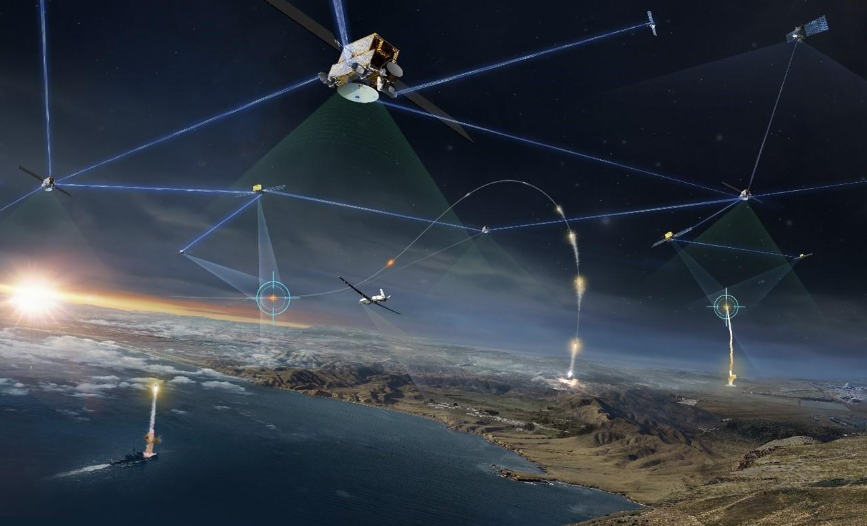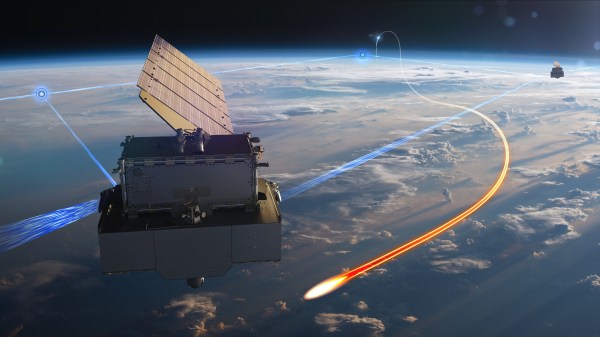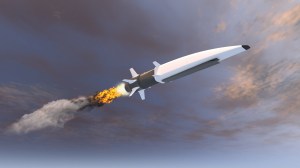Space Development Agency completes first space-to-ground Link 16 transmission

For the first time ever, the Space Development Agency has demonstrated the ability to connect satellites in low-Earth orbit (LEO) to ground-based radios using Link 16 tactical data links — a key step to operationalizing the agency’s future constellation of data transport satellites.
During a series of three demonstrations held Nov. 21-27, SDA connected three satellites equipped with Link 16 payloads to terrestrial radios stationed inside the territory of one of the United States’ Five Eyes allies, the agency announced Tuesday. Operators conducted passive and active network entry, acquired fine frequency synchronization and broadcasted several tactical messages, according to a press release.
The satellites used for the demonstration were made by York Space Systems and launched by SDA earlier this year as part of its Tranche 0 transport layer. The constellation of data relay systems is considered the demonstration tranche for SDA’s Proliferated Warfighter Space Architecture (PWSA) — a planned multi-layer configuration of hundreds of LEO satellites that will enable new and augmented capabilities for the military.
“I can’t underscore enough the significance of this technical achievement as we demonstrate the feasibility of the Proliferated Warfighter Space Architecture and its ability to deliver space-based capabilities to the warfighter over existing tactical data links,” SDA Director Derek Tournear said in a statement.
The PWSA is considered the backbone to the Pentagon-wide effort known as Joint All-Domain Command and Control (JADC2). The idea is to connect all of the U.S. military’s sensors and shooters under a single network, and SDA’s satellites will play a key role in enabling the rapid collection and dissemination of critical decision-making data.
Link 16 has been an integral part of realizing JADC2, as it is the only common tactical data link used across the United States’ military branches, the NATO alliance and other international allies. By deploying satellites equipped with Link 16 payloads into space, SDA aims to offer beyond-line-of-sight connectivity for warfighters.
“This is not only the first time Link 16 has been broadcast from space, but the beginning of turning the world’s finest warfighting force into a truly connected beyond line-of-sight joint force” Tournear said.
SDA began work on the tests “within 10 hours” of being cleared by the National Telecommunications Administration (NTIA) to do so, according to a press release.
In October, the agency announced it had received a waiver from NTIA via the International Telecommunication Union (ITU) — the United Nations body responsible for coordinating shared global use of the electromagnetic spectrum — to begin conducting experimental Link 16 demonstrations in international territories.
The agency sought the waiver in order to bypass regulations from the Federal Aviation Administration that prohibits transmitting space-based Link 16 over U.S. territory in order to prevent interference with radios used for the commercial aviation industry. Tournear has acknowledged in the past that the restrictions have delayed testing some of the Tranche 0 transport layer satellites since they were launched earlier this year.
“While the U.S. military and allied partners have used Link 16 aboard aircraft for years, a fully operational PWSA will require the ability to establish bi-directional communication from space to ground,” a Space Development Agency press release stated. “Testing Link 16 from space, first with an international partner and then over international water, represents a compromise position and SDA’s requirement remains to test over U.S. airspace to demonstrate the feasibility of the PWSA and its ability to deliver fire control information to the warfighter over existing tactical data networks.”
The waiver also allows SDA to conduct future demonstrations in international territories, such as those of the Five Eyes alliance that includes the United States, United Kingdom, Canada, Australia and New Zealand. The agency did not disclose the Five Eyes ally that was involved with this month’s demonstrations.
The successful Link 16 demo lays the groundwork for SDA’s first operational tranche of data transport satellites, known as Tranche 1. The agency plans to begin a monthly launch campaign of the birds — which includes 126 data relay satellites, 35 missile warning and missile-tracking satellites and 12 experimental satellites — at the end of 2024.






